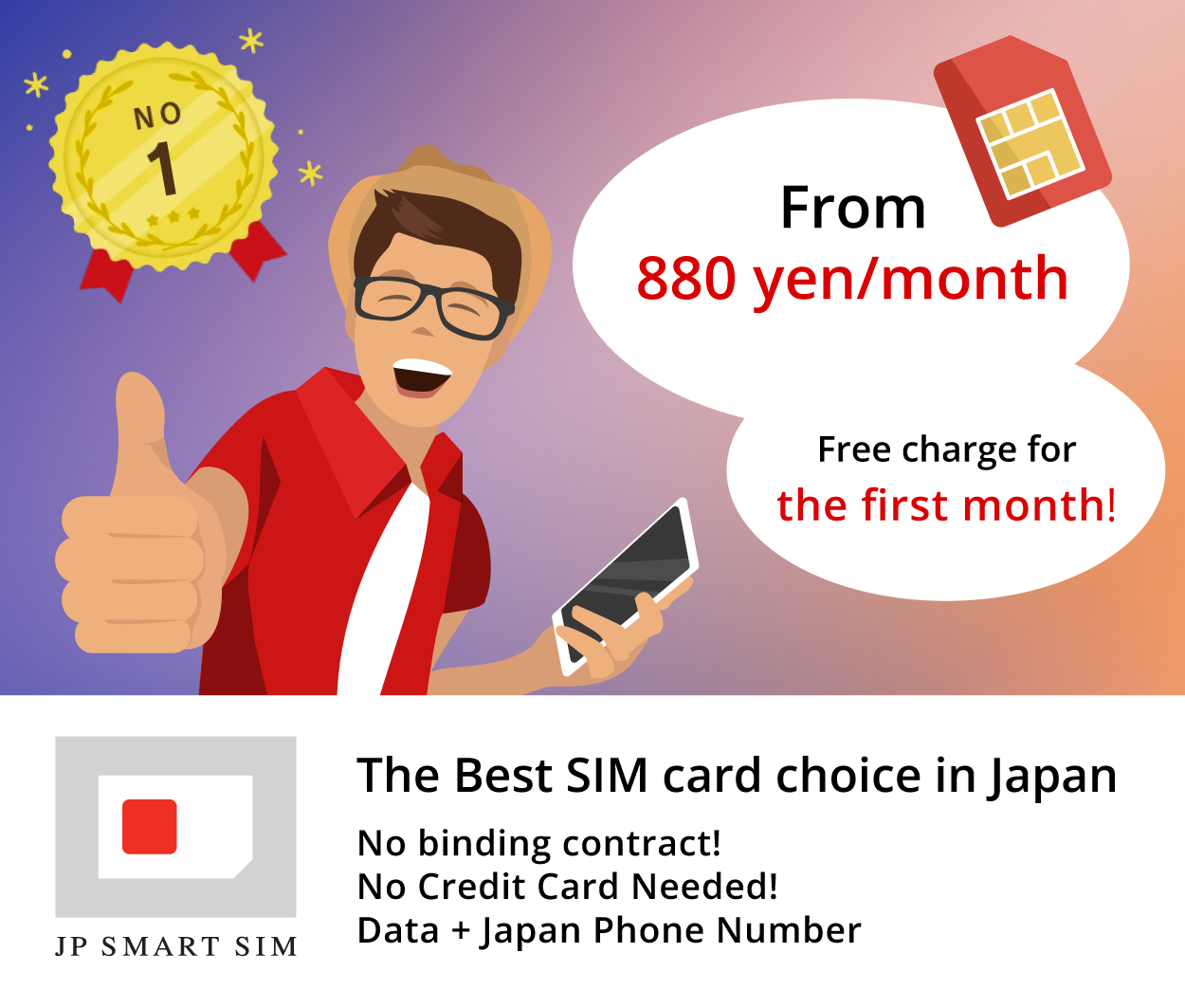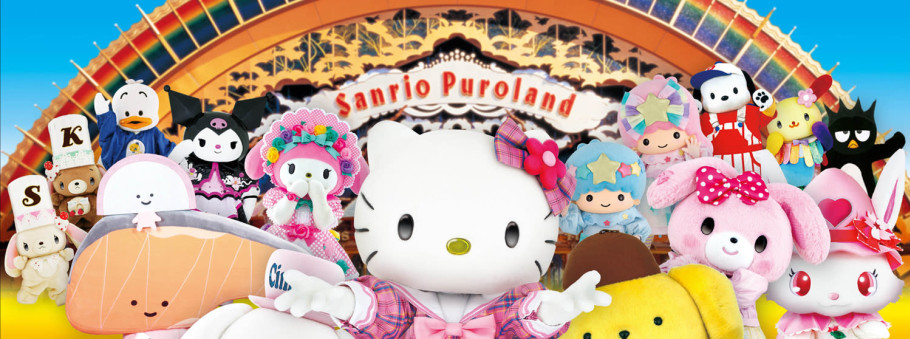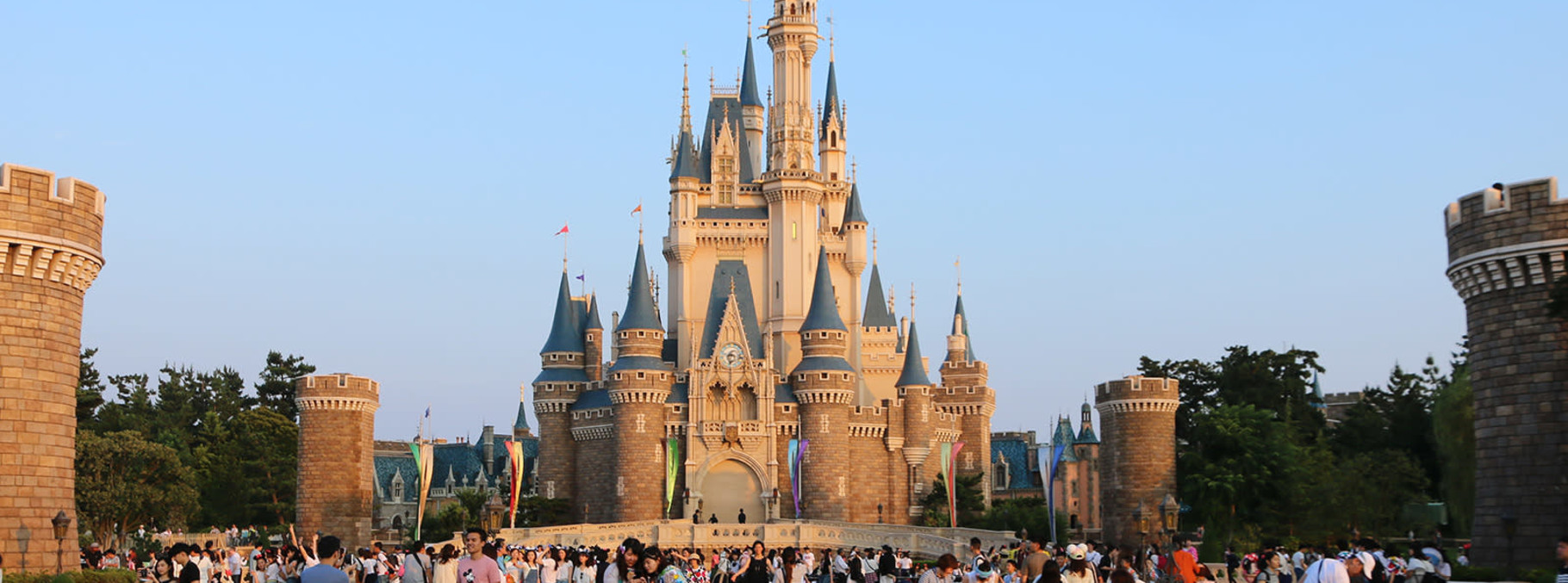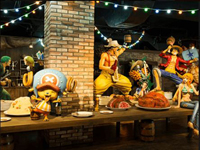Japan has four distinct seasons, and there are many traditional events and holidays throughout the year that celebrate the seasons. Along with the seasonal changes, you also see changes in the food, and since long, Japanese have favoured eating dishes made using fresh seasonal ingredients. One of the ways to enjoy a trip to Japan is to be aware of the major events and festivals, customs and traditions including food available in each month. In this feature, we talk about some of the customs and traditions that have been followed over the centuries in December.
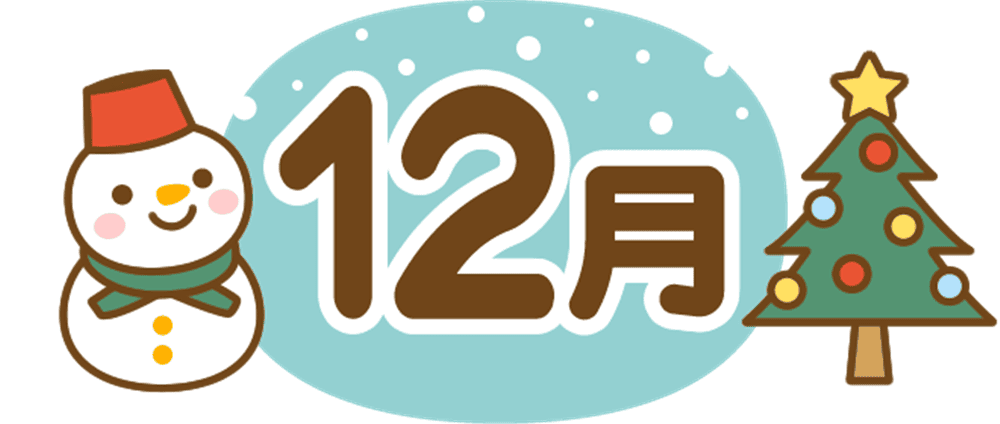
December is also known as "Shiwasu" (師走、しわす). Shi refers to a monk and at the end of the year, monks are required to perform several rituals keeping them extremely busy. Su is the character for run. So you can imagine a monk scrambling around trying to fulfil his duties. It was also the old name for December.
Memorial service for old needles: Harikuyo (針供養)
In the past, needlework was one of the main responsibilities of women. Unlike today, needles would be used not only to sew and mend soft fabrics but also tough and hard materials. Needles that were used throughout the year would be placed on soft things to give them a rest and women would offer prayers to improve their skills. Thus, there is a custom of placing needles on tofu at the end of the year to show respect. In the Kansai region, it is usually on December 8, while in Kanto region, it is on February 8.

Year-end gift: O-seibo(お歳暮)
At the end of the year, Japanese people follow the custom of giving year-end gifts. People like to express their gratitude to relatives and friends who have taken care of them throughout the year. The gift-giving period is quite precise. You cannot procrastinate till the last few days of December. Generally speaking, a gift is sent between December 10th and 20th. In the Kanto area, this custom has been taking place even earlier in recent years, and many people start sending gifts as soon as December starts. However, in Okinawa, presents are sent relatively late, and you are safe as long as you send it out before the 25th.

If you've missed the timing for the year end gift, you can still send one between December 26 and January 7, but it is called "Nenga" or "Onenga" (お年賀) meaning "celebrations for the new year." If you miss sending the O-nenga, you can only use "Kanchu O-mimai" (寒中御見舞), inquiring after someone's health in the cold season, and it should be sent out before February 4.
Preparing for the New Year: Shogatsu Kotohajime (正月事始め)
Starting on December 13th, everyone officially enters the preparation period for the New Year. You can see monks and attendants sweeping dust with long branches in shrines.
Kadomatsu is a traditional Japanese decoration of the New Year placed in pairs in front of homes to welcome ancestral spirits or kami of the harvest. Usually made from pine and bamboo, in the olden days, these would be placed at the entrance around the 13th of December. However, in recent times, you see them around December 26-28.

The kadomatsu should be placed before December 28, and under no circumstances should be placed on December 29, 30, 31. The word for December 29 (niju-ku) is a homonym meaning "double pain." Further, placing it on December 30 or 31 is called "ichiya-kazari" and is considered impolite as it implies you were too busy to do it beforehand.
Winter solstice(December 21-23)
The winter solstice in the northern hemisphere falls somewhere between the 21st and 23rd. It is also the shortest day and longest night of the year. Japanese people have a custom of taking a yuzu bath on the winter solstice day. If you stay in a ryokan on this day, you have a better chance to see this! Yuzu has the effect of improving blood circulation and boosting immunity.

In addition, Japanese also have a custom of eating pumpkin on the winter solstice. In the past when vegetables were scarce during the winter, pumpkin was one of the staple foods that provided nourishment and warmth. Rich in vitamins, eating pumpkin can help prevent colds and is even said to improve your skin.

New Year's Eve(December 31)
Although it is the Gregorian New Year, New Year's Eve is also the most important day of the year for the Japanese. On New Year's Eve, temple priest ring the bell to welcome the new year. The bell is rung 108 times representing 108 kinds of suffering in the world (joya-no-kane). The most famous one is the New Year's Eve at Chion-in Temple in Kyoto. You can watch the video below to experience it.
Another tradition of New Year's Eve is eating toshi-koshi soba (buckwheat noodles). Long noodles symbolize longevity, and the hardiness of the buckwheat plant is thought to signify resilience.

Seasonal ingredients
These days you can buy almost any ingredient throughout the year. However, it is best to eat what's in season as they are the most delicious. If you come to Japan in December, you can't go wrong with the following: ・Seafood:Monkfish (anko, 鮟鱇), blowfish (fugu, 河豚), yellowtail (buri, 鰤), Gnomefish (mutsu,鯥), prawns (ebi, えび), crab (kani, 蟹), oysters (kaki, 牡蠣), sea cucumber (namako, 海鼠), first dried seaweed after winter (shin-nori, 新のり)・Fruits and vegetables: Radish, yam, carrot, green onion, cabbage, orange, apple, yuzu, pumpkin

Hope this feature has given you a good idea of what to expect in Japan during December. Keep an eye out for some of the things mentioned here and you're sure to have a wonderful December holiday in Japan.
Download the Ikidane Nippon App: iOS / Android Let us know if there is something that needs to be fixed: Feedback Form
